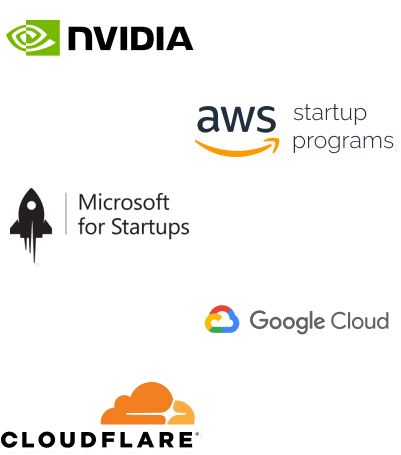- Home
- Services
- IVY
- Portfolio
- Blogs
- About Us
- Contact Us
- Sun-Tue (9:00 am-7.00 pm)
- infoaploxn@gmail.com
- +91 656 786 53
Let me share a little bit about my journey. As a developer, I often found myself overwhelmed by the need to juggle multiple frameworks for my front-end and back-end projects. It was like managing two separate teams that rarely spoke to each other, and it was exhausting. That’s when I discovered the magic of combining Elysia.JS with Next.js. This combination not only simplified my workflow but also took my projects to a whole new level of efficiency and performance.
Elysia.JS is a lightweight, high-speed, and type-safe framework for building APIs, and Next.js is a powerful full-stack framework that makes both front-end and back-end development a breeze. Together, they helped me streamline my development process and deliver scalable, high-performance applications without the headaches. Let me show you why this integration has been a game-changer for me and why it could be for you too.
When I first started integrating Elysia.JS with Next.js, I was amazed at how straightforward the setup was. The first step was creating a catch-all route that would act as the entry point for all my APIs. This ensured that every API request was routed through Elysia.JS, giving me the performance and type safety I needed.
First, I installed Elysia.JS in my Next.js project using npm:
npm install elysia
Next, I created a file in the ```pages/api``` directory of my Next.js project. I named it [...elysia].js. This file became the gateway for Elysia.JS.
import { Elysia } from ’elysia’;
const app = new Elysia()
.get(’/’, () => ({ message: ’Welcome to Elysia.JS!’ }))
.post(’/greet’, ({ body }) => ({ greeting: `Hello, ${body.name}!` }))
.listen(3001);
export default async function handler(req, res) {
await app.handle(req, res);
}
prefix: ’/api’ ensured that all API routes were neatly organized under /api, which simplified testing and debugging.GET route to return a welcome message and a POST route to handle user input and return a personalized greeting.This setup gave me a solid foundation to build and expand my APIs. It felt like I finally had a tool that worked with me, not against me.
This setup gave me a solid foundation to build and expand my APIs. It felt like I finally had a tool that worked with me, not against me.
As my project grew, I needed more flexibility to manage different types of APIs. Elysia.JS made this incredibly easy with its route customization features. For instance, when I needed to create a dedicated route for user-related operations, I used the group method to organize everything under /user.
app.group(’/user’, (router) => {
router.get(’/’, () => ({ message: ’User route initialized’ }));
router.post(’/create’, ({ body }) => ({ userId: `User ${body.name} created!` }));
});
This flexibility meant I could quickly adapt to new requirements without rewriting large parts of my codebase. It was a lifesaver in terms of both time and sanity.
I’ve tried many frameworks in my career, but the combination of Elysia.JS and Next.js stands out for several reasons. Here’s why it made such a huge difference for me:
Before discovering this combo, I was constantly switching between front-end and back-end tools, which was both time-consuming and frustrating. Now, I manage everything in a single project. This unified workflow has simplified deployments and made my development process much more efficient.
Elysia.JS’s end-to-end type safety has been a game-changer. I no longer have to worry about unexpected errors popping up in production. Knowing that my APIs are type-safe gives me peace of mind and confidence in my code.
One of my projects required handling thousands of API requests per minute. Elysia.JS handled this load effortlessly, and when combined with Next.js’s optimizations, the performance was phenomenal. This was critical for delivering a smooth user experience.
I can’t emphasize enough how enjoyable it is to work with these tools. From the hot-reloading feature in Next.js to Elysia.JS’s intuitive API design, everything feels designed to make my life easier.
While this integration has been incredibly beneficial, there were a few things I learned along the way:
elysia-static, didn’t work perfectly on Node.js. Testing everything in a staging environment helped me catch these issues early.By addressing these potential issues early, I was able to deliver a stable and reliable application.
Integrating Elysia.JS with Next.js has completely transformed the way I approach web development. It’s not just about building APIs—it’s about building better, faster, and smarter. Here’s what I’ve gained:
If you’re tired of dealing with fragmented tools and workflows, I can’t recommend this combo enough. It’s been a game-changer for me, and I’m confident it can be for you too.
So, roll up your sleeves, give it a try, and let me know how it goes. And if you run into any challenges, don’t hesitate to reach out. Happy coding!
Imagine reducing your operational costs by up to $100,000 annually without compromising on the technology you rely on. Through our partnerships with leading cloud and technology providers like AWS (Amazon Web Services), Google Cloud Platform (GCP), Microsoft Azure, and Nvidia Inception, we can help you secure up to $25,000 in credits over two years (subject to approval).
These credits can cover essential server fees and offer additional perks, such as:
By leveraging these credits, you can significantly optimize your operational expenses. Whether you're a startup or a growing business, the savings from these partnerships ranging from $5,000 to $100,000 annually can make a huge difference in scaling your business efficiently.
The approval process requires company registration and meeting specific requirements, but we provide full support to guide you through every step. Start saving on your cloud infrastructure today and unlock the full potential of your business.

